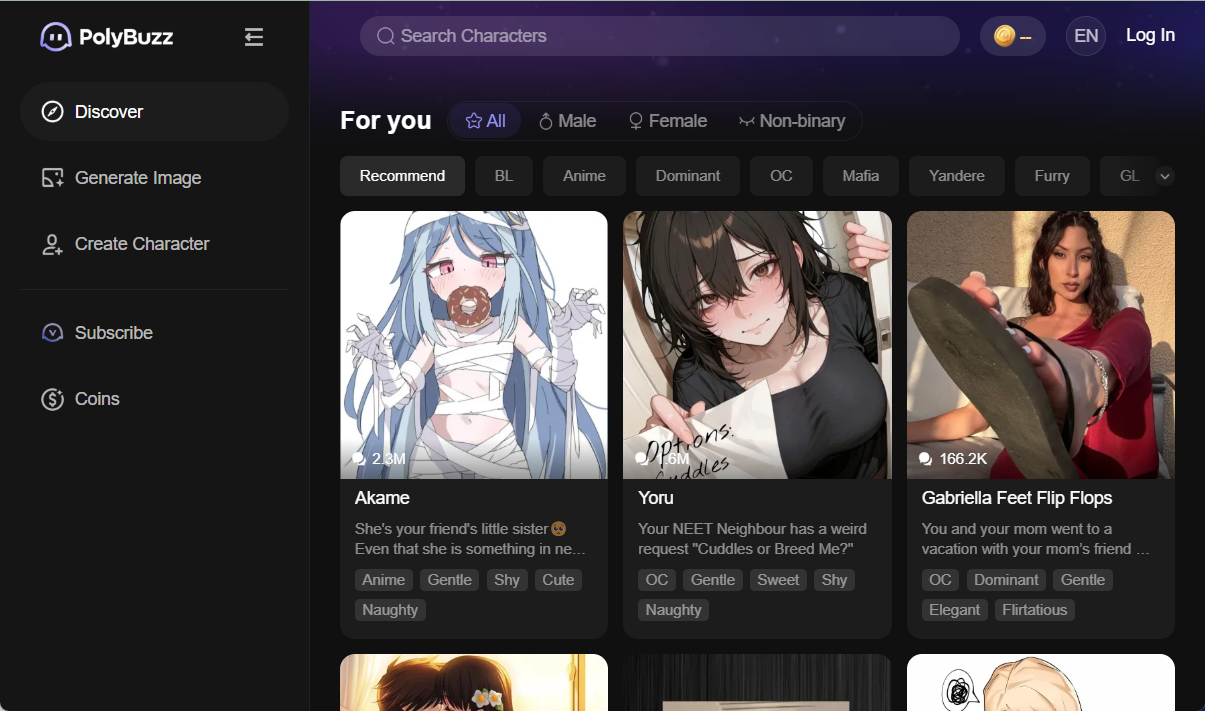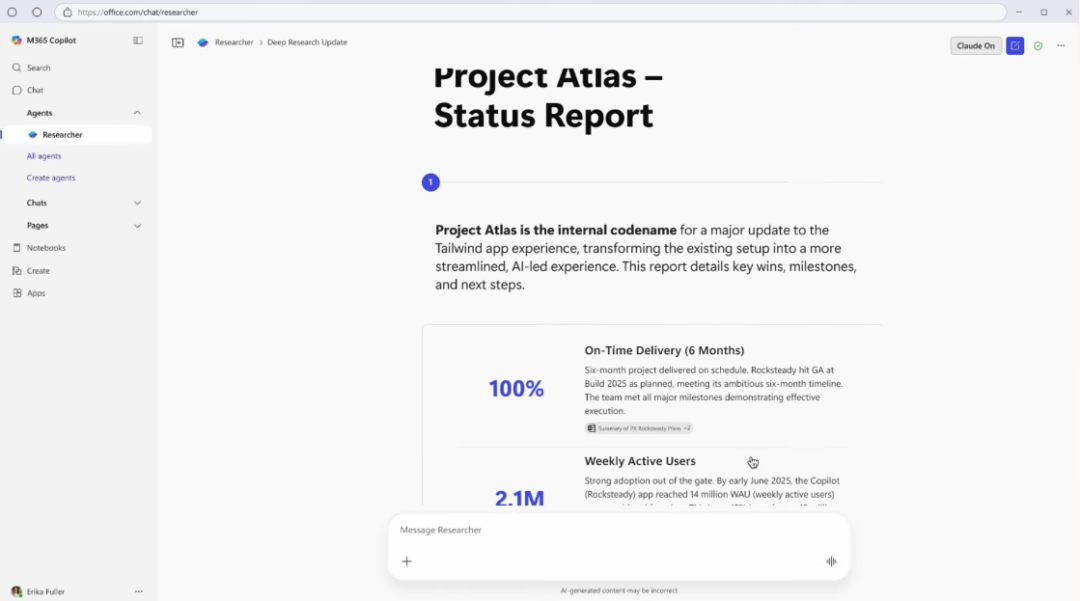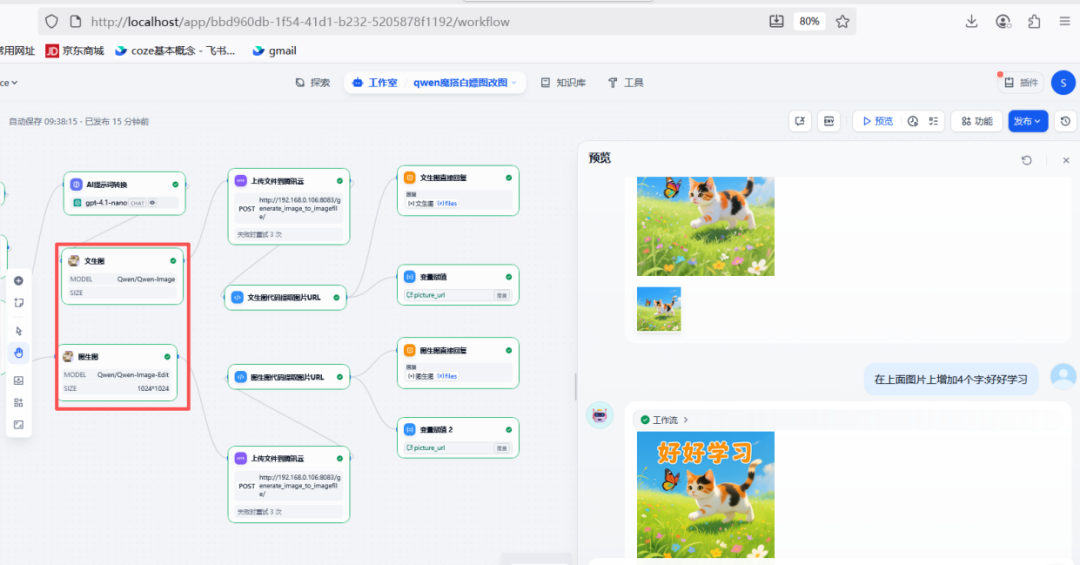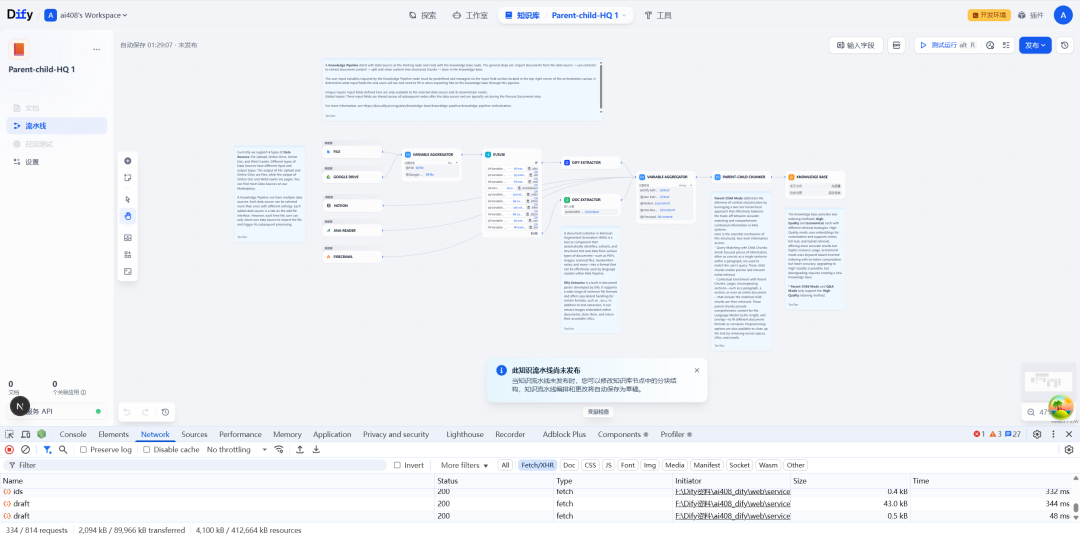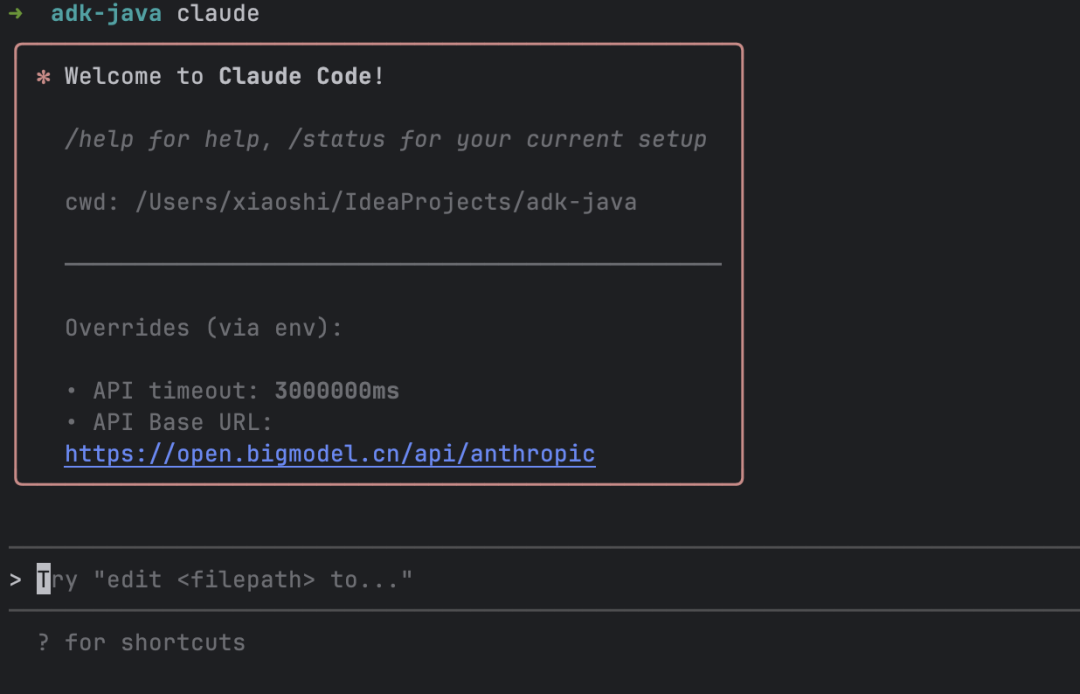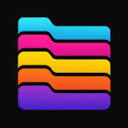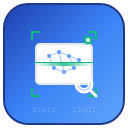Differentiating Advantages over Traditional Translation Tools
- Transparent processing mechanismsThe unique "Thinking Process Visualization" function shows the logical chain of reasoning when AI translates, while ordinary tools only output the final result.
- Documentation Native SupportDirectly parse PDF/Word format layout and charts (e.g., tables, formulas), avoiding the need for conventional tools to be converted to text in the first cumbersome steps
- Quality assessment system: Built-in proofreading feature that flags potential errors and suggests changes, which most tools lack
- Enterprise Scalability: through the API and Docker deployment support, can be integrated into existing document management systems, which is difficult to achieve SaaS-type tools
Comparison with similar open source tools
Compared to open source solutions like Argos Translate, AiryLark is innovative:
- Adopt streaming processing technology, no lag when translating large files
- Support for thesaurus management to ensure consistency in areas of specialization
- Provide a complete system of quality assessment indicators
- Next.js framework for better web user experience
Note, however, that the quality of its translations relies on configured third-party APIs (e.g., Google/Microsoft Translation Engine), and that the base model itself does not contain NLP capabilities.
This answer comes from the articleAiryLark: An Open Source Tool for Intelligent Translation of Multi-format DocumentsThe






